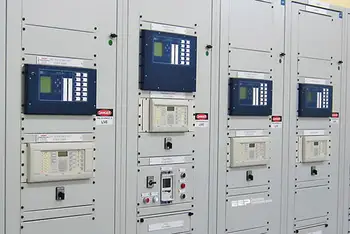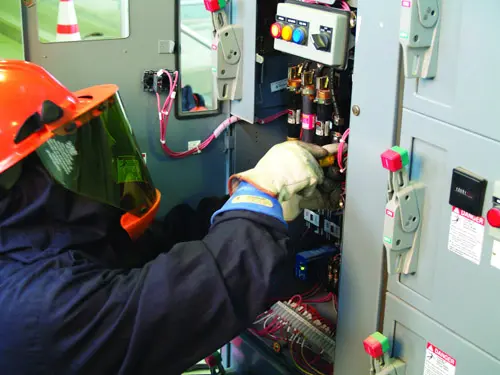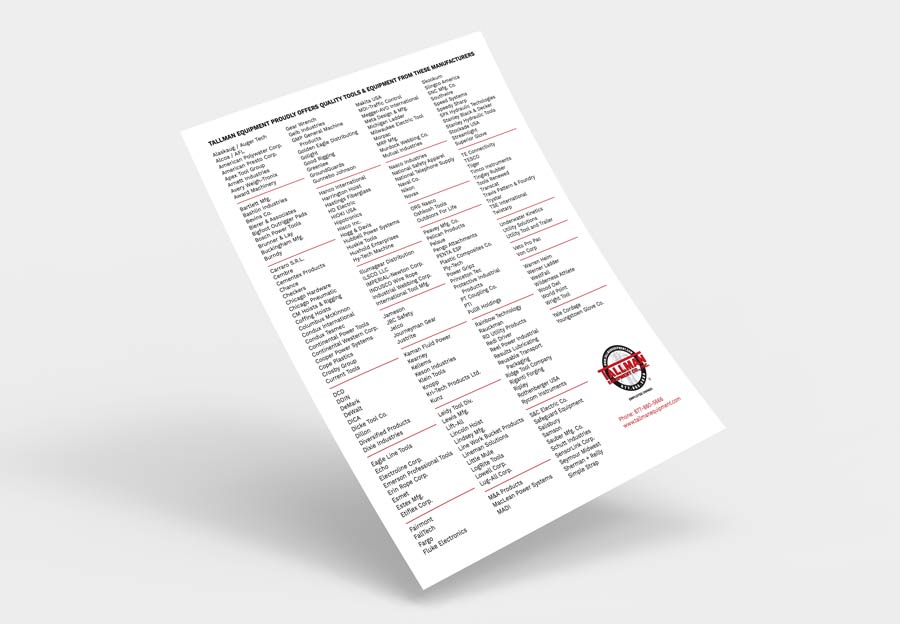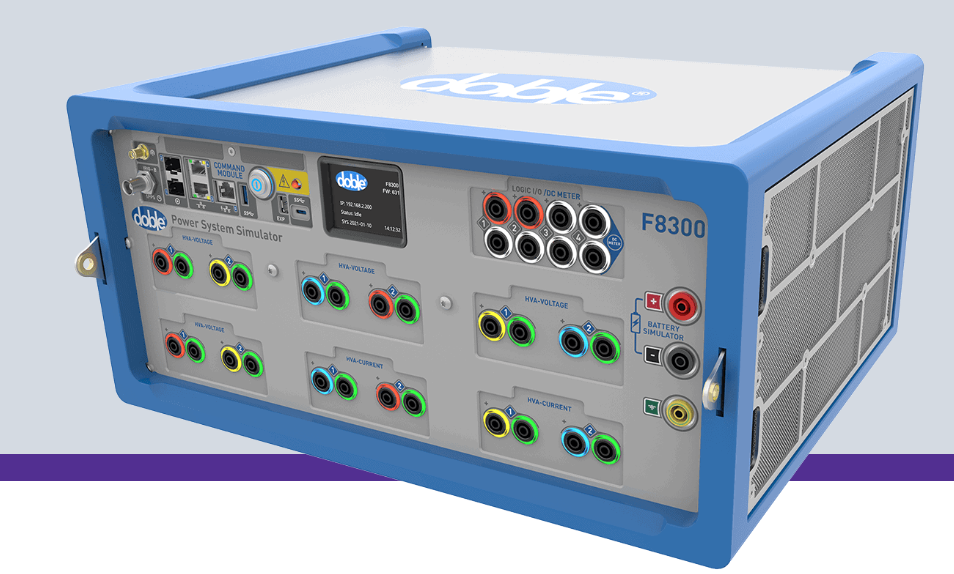Overcurrent Protection

Protective Relay Training - Basic
Our customized live online or in‑person group training can be delivered to your staff at your location.

- Live Online
- 12 hours Instructor-led
- Group Training Available
Download Our OSHA FS3529 Fact Sheet – Lockout/Tagout Safety Procedures

- Learn how to disable machines and isolate energy sources safely
- Follow OSHA guidelines for developing energy control programs
- Protect workers with proper lockout devices and annual inspections
Overcurrent protection safeguards electrical systems from overloads, short circuits, and ground faults. Using fuses, circuit breakers, and relays prevents equipment damage, improves reliability, and ensures compliance with electrical safety codes and standards.
What is Overcurrent Protection?
Overcurrent protection is a safety system that limits excessive current in electrical circuits by using devices that isolate faults and prevent hazards.
✅ Protects against overloads, short circuits, and ground faults
✅ Uses fuses, circuit breakers, and relays to isolate faults
✅ Ensures code compliance and prevents equipment failure
The National Electrical Code defines overload and overcurrent as any current over the rated current of equipment or the ampacity of a conductor. It may result from overload, short circuit, or ground fault.
Short Circuit Study & Protective Device Coordination
Arc Flash Analysis/Study - IEEE 1584 Update
It can be accomplished using overcurrent protection devices, such as fuses, circuit breakers or protective relays, which are designed to protect electrical equipment. Relay defence against overcurrent is one of the best electrical defence methods. From the graded overcurrent relay protection system, a discriminative short-circuit protection can be achieved. Overcurrent relay protective devices should not be confused with ‘overload’ relay protection, which typically utilizes relays in a time-related manner to determine the thermal capacity of the equipment and cause a breaker to trip, thereby protecting the equipment from overload. Overcurrent relay protection is specifically designed to clear short circuits and other overcurrent conditions. For a foundational overview of device categories, functions, and use cases, visit Circuit Protection Devices.
When it comes to fuses, there are several factors to consider:
-
voltage rating
-
rating of the fuse
-
interrupting capacity
Overloads
Overload conditions typically occur at up to 6 times the normal current level. They are usually caused by harmless, temporary inrush currents that occur when motors start up or transformers are energized. Such overloads, or transients, are normal occurrences, and their brief duration is not harmful to circuit components, as the associated temperature rise is minimal with no harmful effect. It’s essential that overload devices are properly sized and have the appropriate operating characteristics to prevent them from reacting to temporary overloads or causing “nuisance openings.”
FREE EF Electrical Training Catalog
Download our FREE Electrical Training Catalog and explore a full range of expert-led electrical training courses.

- Live online and in-person courses available
- Real-time instruction with Q&A from industry experts
- Flexible scheduling for your convenience
Persistent, non-temporary overloads can result from defective motors (worn bearings) or when a full load is applied to a single circuit and must not be permitted to last long enough to damage electrical system components, such as conductors. This damage may eventually lead to severe fault events if the overload is not interrupted by an overcurrent protection device.
Due to the overload’s inherently low magnitude, removing it within seconds or even minutes will generally prevent thermal damage.
Faults
Faults, also referred to as short circuits, differ from overloads in that they can be hundreds to thousands of times greater than the normal operating current. Fault current is a general term that’s used in this overcurrent protection article and includes ground fault, arcing fault, and short-circuit currents. A high-level short-circuit may be up to 30 kA or 200 kA, and must be interrupted as quickly as possible to minimize the damage that can include:
-
High magnetic forces that warp and distort busbars and associated bracing beyond repair
-
Severe insulation damage
-
Melting or vaporizing conductors
-
Vaporizing metal, including buswork in electrical equipment
-
Ionized gases
-
Arcing fires
-
Explosions
Learn more about short-circuit behaviour and how to calculate fault levels in Fault Current Calculation Explained.
Overcurrent Protection Device
An overcurrent protection device (OCPD)—such as a fuse, circuit breaker, or protective relay—automatically interrupts excessive current flow to prevent equipment damage, electrical fires, and system downtime, ensuring safe operation across residential, commercial, and industrial settings. Common OCPDs include fuses and circuit breakers used in residential, commercial, and industrial electrical systems.
Overcurrent Protection Device Comparison
| Type | Devices Used | Key Features | Applications |
|---|---|---|---|
| Overload | Thermal relays, time-delay fuses, MCCBs | Responds to sustained excess current, prevents overheating | Motors, transformers, branch circuits |
| Short-Circuit | Fuses, circuit breakers, relays | Instantly interrupts high fault currents | Switchgear, distribution panels, industrial systems |
| Ground-Fault | GFCIs, earth-leakage breakers | Detects leakage current to ground, prevents shock/fire | Residential outlets, pools, hospitals, data centers |
| Arc-Fault | AFCIs, digital relays | Identifies dangerous arcing before ignition | Homes, offices, commercial wiring |
| Transformer Overcurrent | Differential relays, Buchholz relays, fuses | Protects windings against overload/shorts | Utility and industrial transformers |
Fuses: Types, Applications, and Selection Criteria
Fuses are essential overcurrent protection devices designed to interrupt excessive current flow by melting their internal element. They are commonly used in both low-voltage residential and high-voltage industrial systems due to their simplicity and reliability.
There are two main types of fuses:
-
Fast-acting fuses (also known as non-delay fuses) respond quickly to overcurrent conditions, making them ideal for protecting sensitive electronic equipment that can be damaged by even brief overloads.
-
Time-delay fuses (also known as slow-blow fuses) allow temporary inrush currents—such as those seen when motors start—to pass without tripping unnecessarily.
Applications range from panelboards and lighting circuits to transformers and motor circuits. When selecting a fuse, engineers must consider factors such as voltage rating, current rating, interrupting capacity, and time-current characteristics. Choosing the correct fuse ensures optimal coordination with other protective devices and reduces the risk of nuisance trips or equipment failure. If you're working with sensitive equipment or need precise current interruption, Current Limiting Fuses provide fast-acting defense and reduced let-through energy.
Circuit Breakers: Types and Common Use Cases
Circuit breakers are resettable overcurrent protection devices that open a circuit when a fault or overload occurs. Unlike fuses, which must be replaced after a fault, circuit breakers can be reset manually or automatically. They come in several types, each suited to specific applications and current levels:
-
Miniature Circuit Breakers (MCBs) are typically used in residential and light commercial installations. They protect against overload and short-circuit conditions in circuits up to 100 amps.
-
Molded Case Circuit Breakers (MCCBs) are suitable for higher current ratings, often up to 2,500 amps, and are used in industrial and large commercial facilities. MCCBs offer adjustable trip settings for both overload and short circuit.
-
Air Circuit Breakers (ACBs) are used in low-voltage systems that require very high current ratings, typically exceeding 1,600 amps. They are common in power distribution centers and switchgear.
Each type of breaker offers different features, such as adjustable trip units, communication capability for monitoring, and integration into larger protective control systems. For a deeper dive into how circuit breakers respond to different fault conditions, visit Circuit Breaker Types Explained.
Sign Up for Electricity Forum’s Electrical Protection Newsletter
Stay informed with our FREE Electrical Protection Newsletter — get the latest news, breakthrough technologies, and expert insights, delivered straight to your inbox.
Relays: Operating Principles and ANSI Standards
Overcurrent relays are critical components in electrical protective schemes, acting as sensors and logic devices that detect abnormal current levels and initiate the operation of breakers or contactors. They are classified by their time response and operating principles.
Key types include:
-
Instantaneous Overcurrent Relays (ANSI 50), which trip the circuit breaker without intentional time delay when the current exceeds a set threshold. They are typically used for short-circuit protective methods where an immediate response is needed.
-
Inverse Time Overcurrent Relays (ANSI 51) introduce a time delay that decreases as the current magnitude increases. This allows for better coordination with downstream protective devices.
These relays are commonly implemented in medium and high-voltage systems and are often integrated into digital protective relays or intelligent electronic devices (IEDs). Advanced relay configurations enable precise setting adjustments, event logging, and remote monitoring, making them indispensable for modern protective power system strategies. To understand the coordination between protective devices in complex electrical systems, review our article on Relay and Circuit Breaker Coordination.
Standards and Codes for Overcurrent Protection
Compliance with recognized electrical standards and codes is essential for designing safe and effective overcurrent protection systems. Two key standards frequently referenced in North America and internationally are:
-
National Electrical Code (NEC) – Widely used in the United States, the NEC provides detailed requirements for overcurrent protection in residential, commercial, and industrial installations. Articles such as 240 (Overcurrent Protection) outline the proper selection, installation, and coordination of devices like fuses and circuit breakers.
-
IEC 60204 – This international standard governs the electrical equipment of industrial machines and includes provisions for overcurrent protective devices, control circuits, and fault mitigation strategies. It is commonly applied in global manufacturing and automation environments.
Following these codes ensures legal compliance, improves system reliability, and enhances workplace safety. Engineers and electrical designers should always reference applicable regional or international standards when planning or updating protective schemes. Learn more about transformer overcurrent protection
Advanced Topics in Overcurrent Protection
To meet the demands of more complex electrical systems, advanced overcurrent protection strategies are employed to improve selectivity, reliability, and speed of response. These include:
Directional Overcurrent
This method determines the direction of current flow. It is crucial in systems where power can flow in multiple directions, such as in meshed distribution networks or systems with distributed generation. Directional overcurrent relays ensure that only the faulty section is isolated, thereby improving service continuity and reducing the impact of outages.
Differential
Used to protect transformers, generators, and busbars, differential protective schemes operate by comparing the current entering and leaving a protected zone. If a difference is detected, it indicates a fault within that zone, triggering an immediate response. This technique offers fast and highly selective defences, minimizing damage to critical equipment.
Coordination Studies
Coordination studies involve analyzing time-current curves of protective devices to ensure they operate in a coordinated manner during fault conditions. The goal is to isolate the fault as close to its origin as possible, without affecting upstream devices. Proper coordination reduces downtime and prevents cascading outages in industrial and utility environments.
By understanding and applying these advanced concepts, electrical professionals can enhance the resilience and efficiency of overcurrent protection systems in both simple and complex installations. Visit our course on Short Circuit Study & Protective Device Coordination
Related Articles










